Rocky mountain high
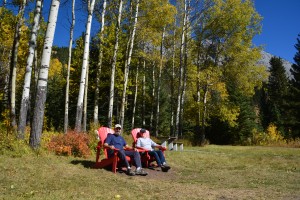
The red chairs in the Canadian national parks have been a great theme during the anniversary of their 150 years
The Rocky Mountains are probably the geographic centrepiece of the entire North American continent. Running north-south from the far reaches of British Colombia and Alberta almost to the Mexican border, the Rockies define the western stretches of this landmass, create their own weather, influence where and how people live and provide a magnificent magnet for any traveller. And perhaps the best of the Rockies, with apologies to Colorado, are found in Alberta and shared between Jasper and Banff National Parks.
Julie and I are on a mission to move south as quickly as reasonably possible but since we were in the neighbourhood we had to check out these two famous national parks and see what they had to offer. First stop was Jasper, a neat and friendly tourist town in the middle of Jasper National Park. The Canadians, unlike the Americans, allow private residences, towns and businesses within the boundaries of their national parks and this adds quite a bit of convenience to the visitors in return for a less remote and preserved environment.
The town of Jasper is surrounded by beautiful mountains and we were fortunate to have them covered in snow after a recent early winter snowfall. The morning started with the usual Canadian Grey skies and annoying drizzle so we headed up the hill towards Maligne Lake, high in the mountains behind the town. The drive took us above the new snow line and we spotted numerous moose and deer trying to find Autumn’s last easy feed.
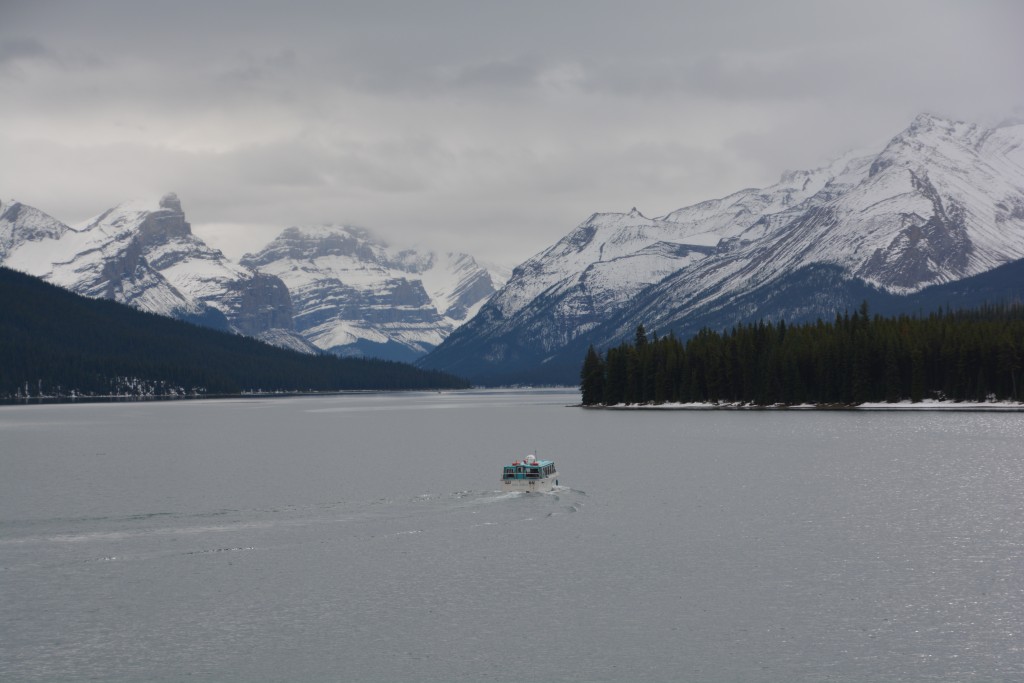
Maligne Lake in Jasper NP is one of the big draw cards but on this grey drizzly day we opted out of the popular touristy boat tour
We also did a beautiful walk along Maligne River up the narrow canyon that it has carved in the limestone over thousands of years. Reflective blue lakes, fast moving rivers and deep canyons are all that remains of the numerous glaciers that carved these mountains a millennia ago but they gave us plenty to explore all day. But despite the time of year Jaspar still has a lot of tourists and the campground we stayed at, thankfully only partly full, has spaces for almost 800 vehicles!
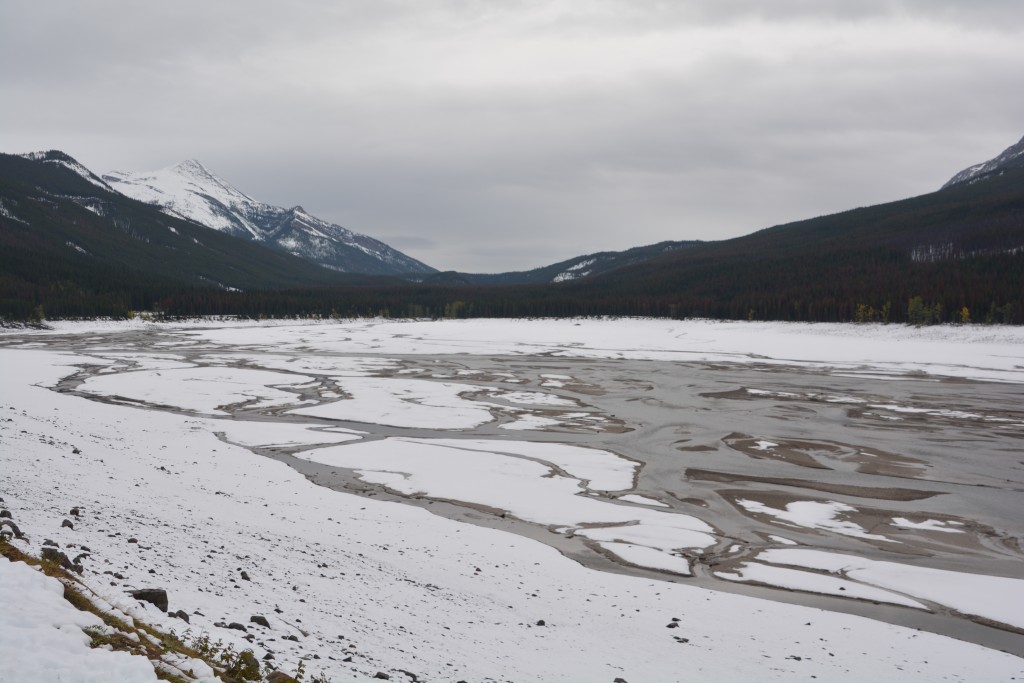
Most of the lakes and rivers will freeze up in winter which creates other adventure opportunities for those who are into it
The jewel in the crown for scenic drives in Canada is the Icefield Parkway, or as the French more eloquently call it – Promenade des Glaciers. This is a 230 km (142 miles) drive through the spectacular Canadian Rockies runs between Jasper and famous Lake Louise. We caught it on a mostly clear day, some blue skies, high clouds and only a cool breeze to keep us honest. This was top drawer stuff.
The drive follows a series of rivers as they weave their way through high glacier-carved mountains, all freshly covered with recent snow. In some sections of the drive glaciers can be seen wherever the head turns and in particular featured a few stand outs such as Athabasca, Crowfoot and Bow Glacier. Many of the glaciers on the drive are fed by the massive Colombia Icefield that covers the mountains to the west of the drive.
We did a couple of the short walks to check out the waterfalls, glaciers and lakes that are tucked away out of sight of the road but we really dined out on the fabulous views of the jagged snow-capped mountains as we drove southward. Every turn offered more oohs and aahs and more photos. Really great stuff.
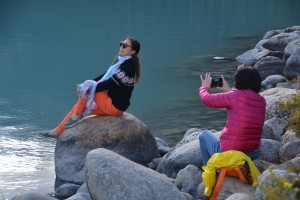
Chinese tourists compete for wearing the most number of different colours and posing for the best photos
By the end of the day we had reached the village of Lake Louise and headed straight up the mountain to see the famous Lake Louise itself. Carved by the Victoria Glacier, which still hangs above the beautiful clear waters, and also sporting the famous Chateau Lake Louise hotel, the magnificent setting for this lake makes it the shining icon of the Canadian Rockies. Yes, there were hordes of tourists there, and the crowds definitely took something away from this special moment, but Lake Louise delivered on its famous promise and was a fitting way to end a glorious day.
After camping in the Lake Louise national park campground, complete with electric fences to keep the bears out (never seen that before!), we headed west over the superbly named Kicking Horse Pass and entered British Colombia for an astonishing 11th time on this trip. In doing so we also entered Yoho National Park, an extension of the Rocky Mountain national park system in Canada.
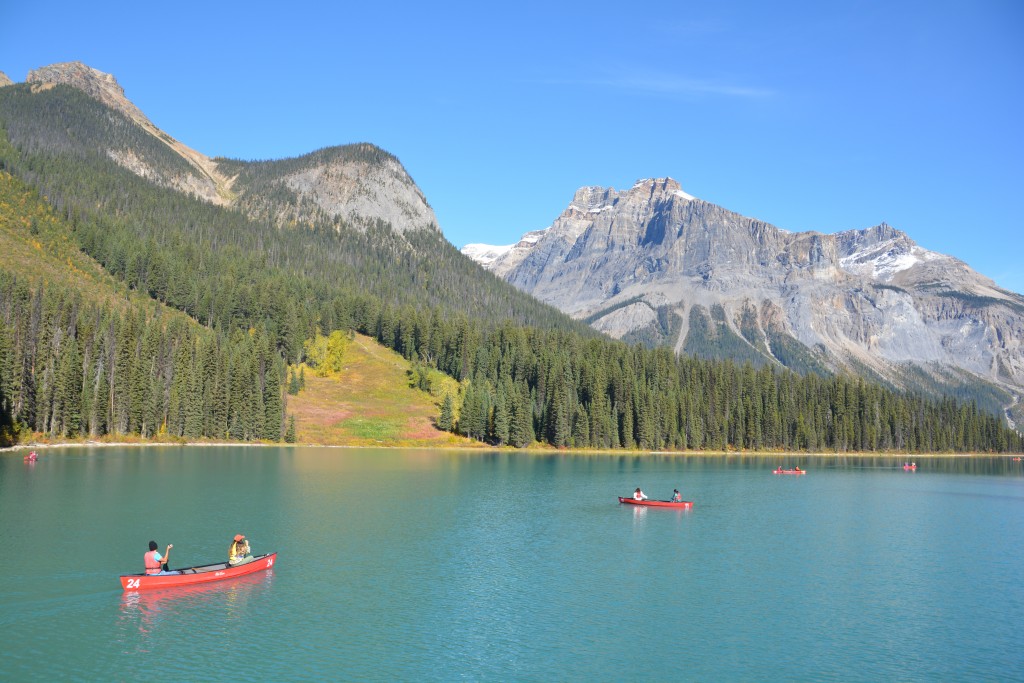
Emerald Lake in Yoho National Park – the benefits of bouncing from park to park in this natural wonder playground
Yoho is dwarfed by its more famous big brothers Jasper and Banff but on in this crystal clear blue sky day it still had the goods to make this side trip worthwhile. We headed up the valley following the Yoho River to the Yosemite-like Takakka Falls, one of the highest falls in Canada. We also visited stunning Emerald Lake, which in the bright blue skies shined the colour of, well, Emerald, surrounded by high mountains all around. Great stuff.
We headed south along the Colombia River through more gorgeous country to the town of Radium Hot Springs where we camped up on a bluff overlooking the river with the high ranges of Kootenay National Park as our neighbour. The next morning we woke to another day of perfect blue skies, not a cloud in sight, and drove through the only road in the national park, dissecting the two mountain ranges that dominate the park and which provide dramatic views in all directions.
We stopped to explore the ochre pits and paint pots, an area where iron-rich mineral springs stain the earth a deep ochre and create beautiful colours and the unpleasant sulphur smell. We also climbed up Marble Canyon where glacial meltwater has carved a narrow and deep canyon through the limestone, creating a crevasse that is almost 40 metres (130 feet) deep and in some places only a couple of feet wide. Very cool stuff.
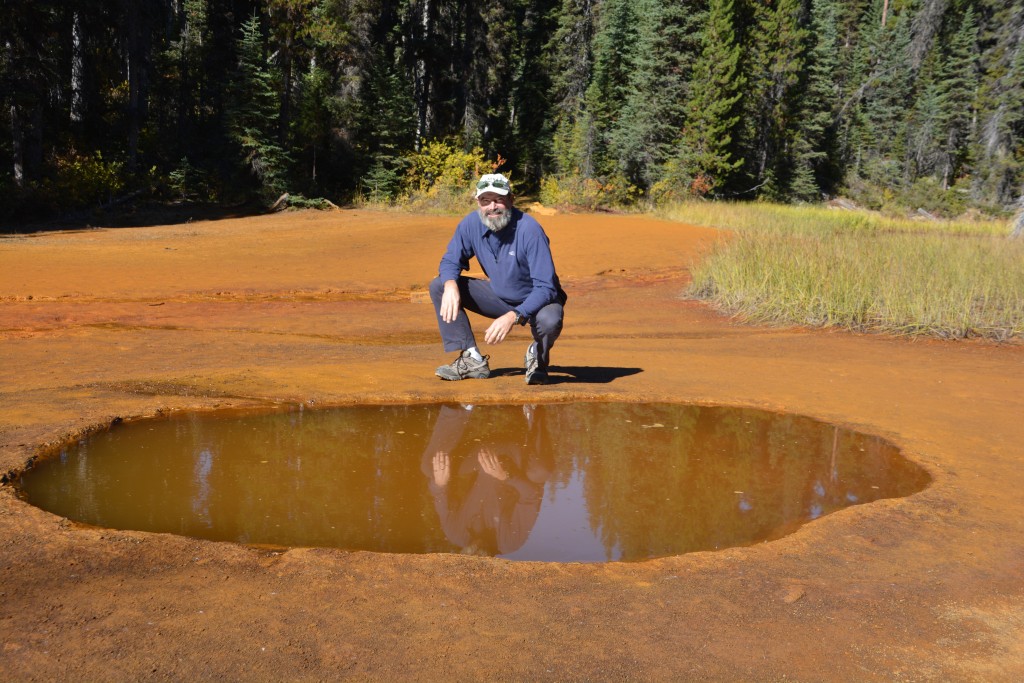
I’m balancing at the edge of a paint pot which combine with the ochre pits to create a unique experience in Kootenay National Park
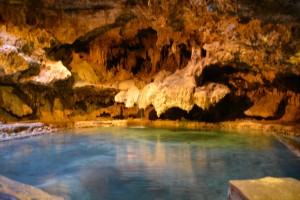
The cave with the hot springs near the town of Banff – saving these springs initiated the first national park in Canada
Then it was up and over the Continental Divide and into Alberta and Banff National Park again. Banff was the first national park in Canada, established in 1885 as part of the western expansion by the Canadian Pacific Railroad. The railroad had to find a way to cross over the Rockies and in doing so ‘discovered’ a cave with some hot springs that had been used by the region’s original inhabitants for centuries. With the railroad and other private interests wanting to attract more customers and commercialise the hot springs the government stepped in to preserve the hot springs for general public use. And the young country’s first national park was born.
Today the town of Banff, surrounded by stunning mountains and smack dab in the middle of the national park, is a beautiful town for beautiful people staying in beautiful hotels. The key to early success in teeming Banff is to find a parking spot because without a place to park you are a nobody. Not willing to be judged on such a high standard we used the afternoon to visit the cave and hot springs and do a couple of scenic drives in the surrounding valley. Banff may be overdone and overloaded and overpriced but we had to agree that it is set in a spectacular valley with some of the best of what the Rockies has to offer.
The next day, our last full day in Canada and our fourth consecutive day without a cloud in the sky, was full of pleasant surprises. We stopped in Canmore, the town just south of the national park, so Tramp could get an oil change and we could hit the laundromat. Canmore turned out to be a real gem, a great little town set amongst stunning mountains with some tourists but no tour buses, no hordes of people and no pretences. It was a poor man’s Banff with all the benefits of the mountains and outdoor activities but without the baggage. We decided if we were moving to Canada we would move to Canmore.
We travelled south towards the US border on Highway 40 and unexpectedly travelled through the eastern ranges of the Rockies with classic jagged mountain ridges, a sprinkling of remaining snow and a fresh river flowing alongside. We passed through a number of provincial parks before crossing over Highland Pass at 2,300 metres (over 7,200 feet), the highest pass we’ve been over for many months.
The road southward then took us out of the Rockies and across rolling hills, grazing cattle and long wide open spaces. This stretch of road has been called the Cowboy Trail because early ranchers used it to drive their cattle to markets in Calgary. We could have been in the golden hills of California except larch and spruce had replaced the oak and pine. The contrast between these endless brown grassy plains and the jagged Rockies was almost a bridge too far.
The next day we entered Waterton Lakes National Park which shimmies up to the more famous Glacier National Park on the US side. Waterton is a magnificent example of the Rockies at their best, tall jagged peaks, glacial lakes, stunning views in all directions. It is dubbed ‘where the mountains meet the prairies’ and we totally saw that.
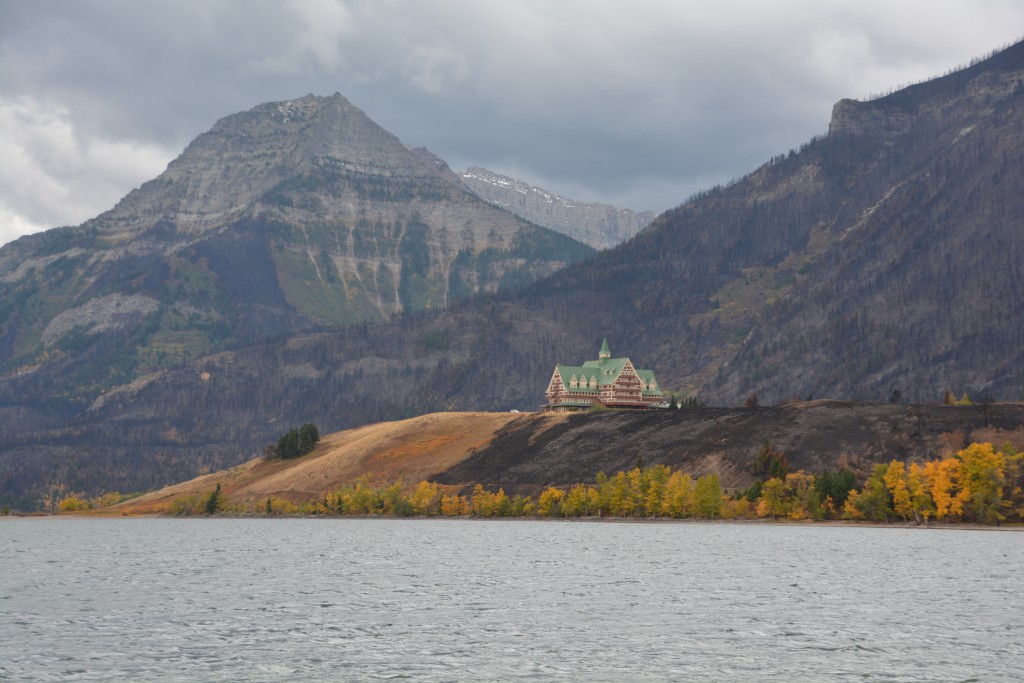
The Prince of Wales Hotel has a beautiful setting in Waterton Lakes NP but check out how close the fire came to this historic building
Unfortunately just 20 days before our arrival a devastating fire swept through most of the park, charring countless trees and entire vistas. Most of the park was closed, either due to the late season or the fires, but we followed the only open road through the blackened hills to the little village of Waterton in the middle of the park.
Waterton was evacuated before the fire raged through and was largely saved, including the historic Prince of Wales Hotel which loftily sits on a hill overlooking the village. It is beautifully set on the shores of Upper Waterton Lake with the high mountains all around and we could imagine it would be a busy spot in peak tourist season before the fire. Most businesses had not reopened after the fire and none of the trails were open. The Visitor Centre was burned to the ground and only its river rock fireplace remained standing.
We left the park and headed for the US border, full of wonder and much wiser for our time in Canada, a total of 75 days. We saw some amazing places, enjoyed the vast open untouched northern reaches of this huge country and were welcomed by every Canadian we met (except that narky policeman in Manitoba). There is much more to explore on a future trip but we give Canada ten out of ten.
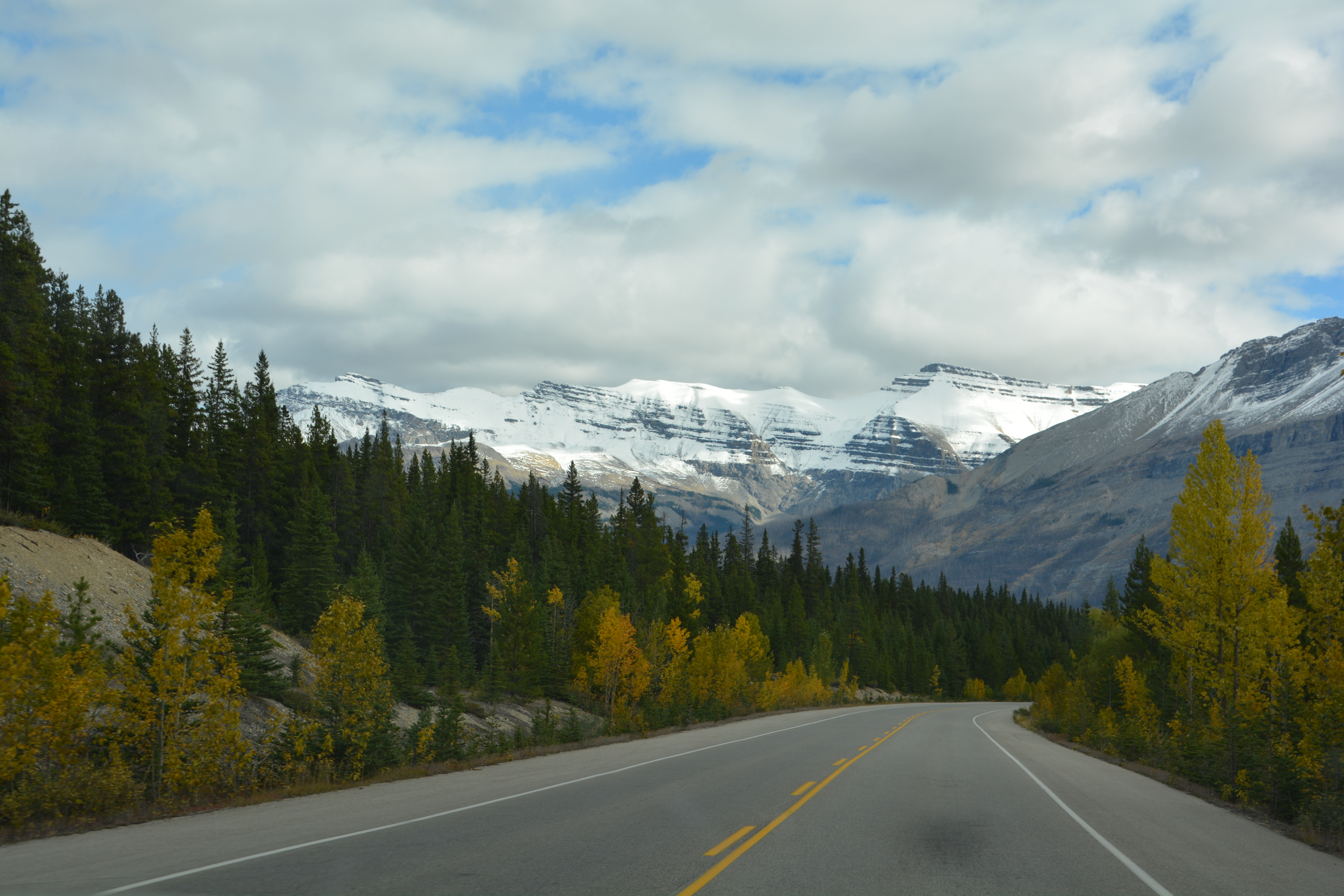
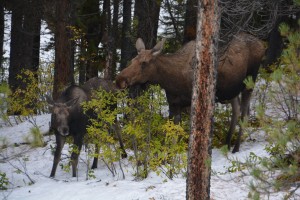
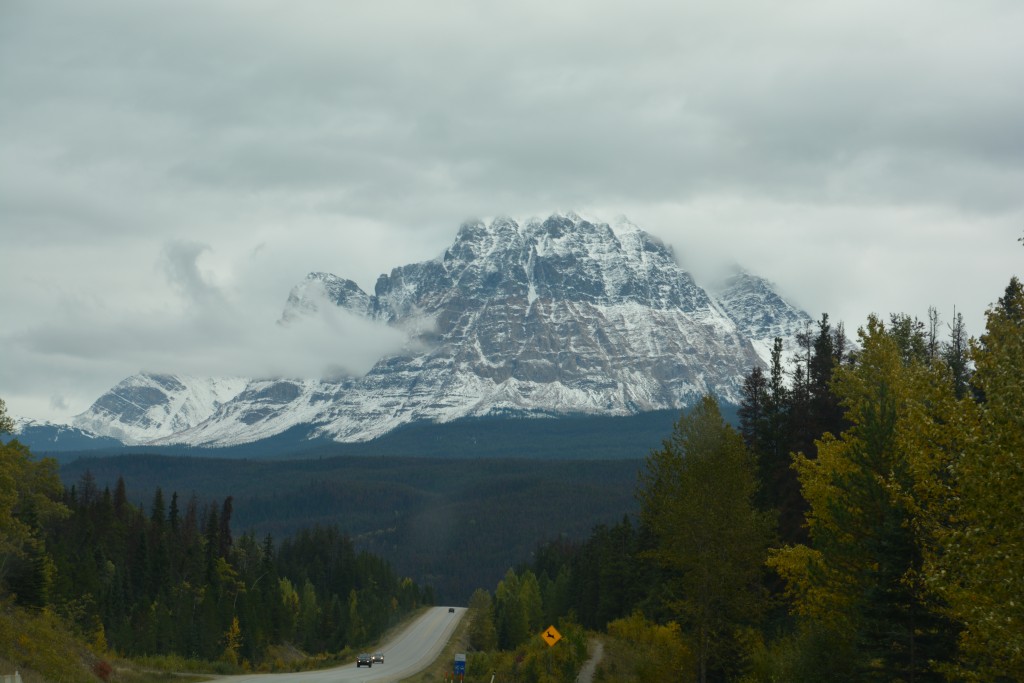
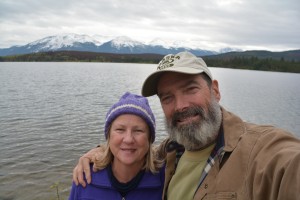
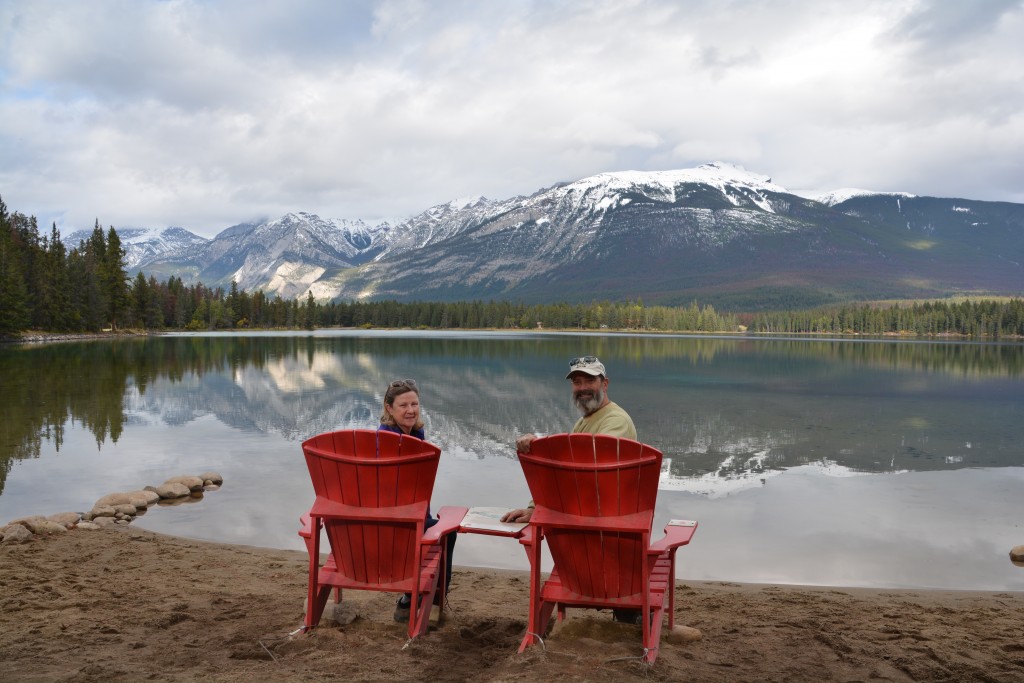
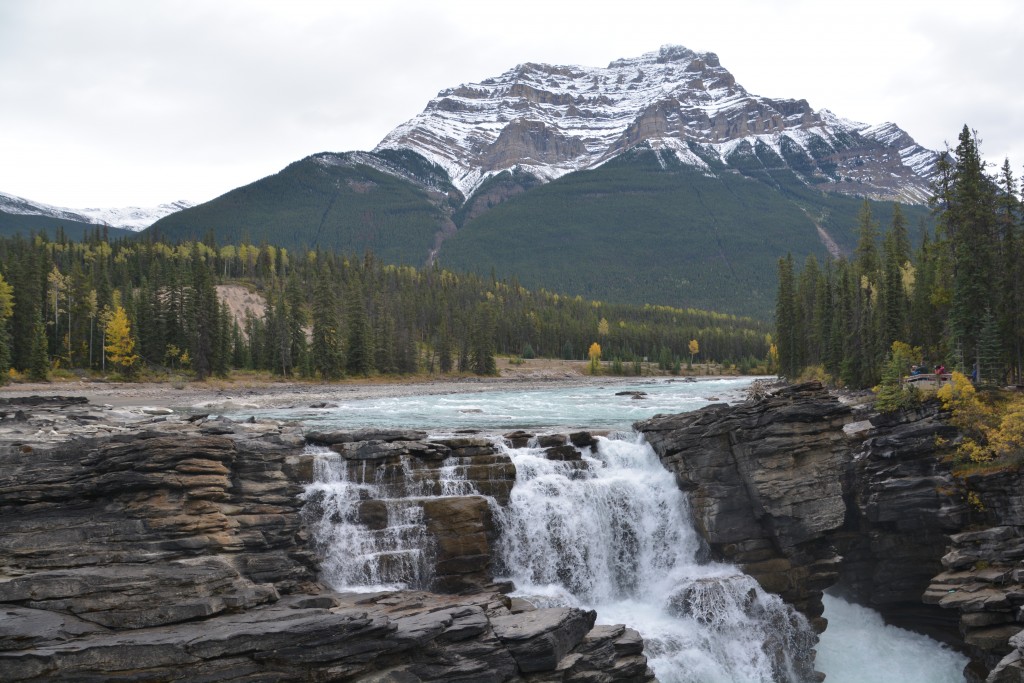
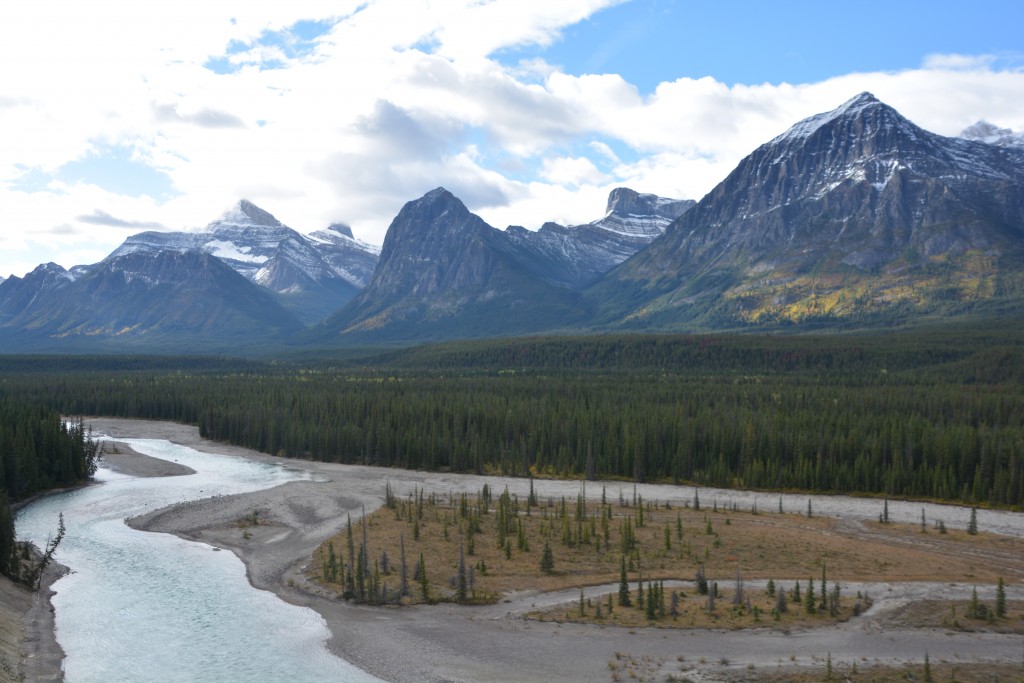
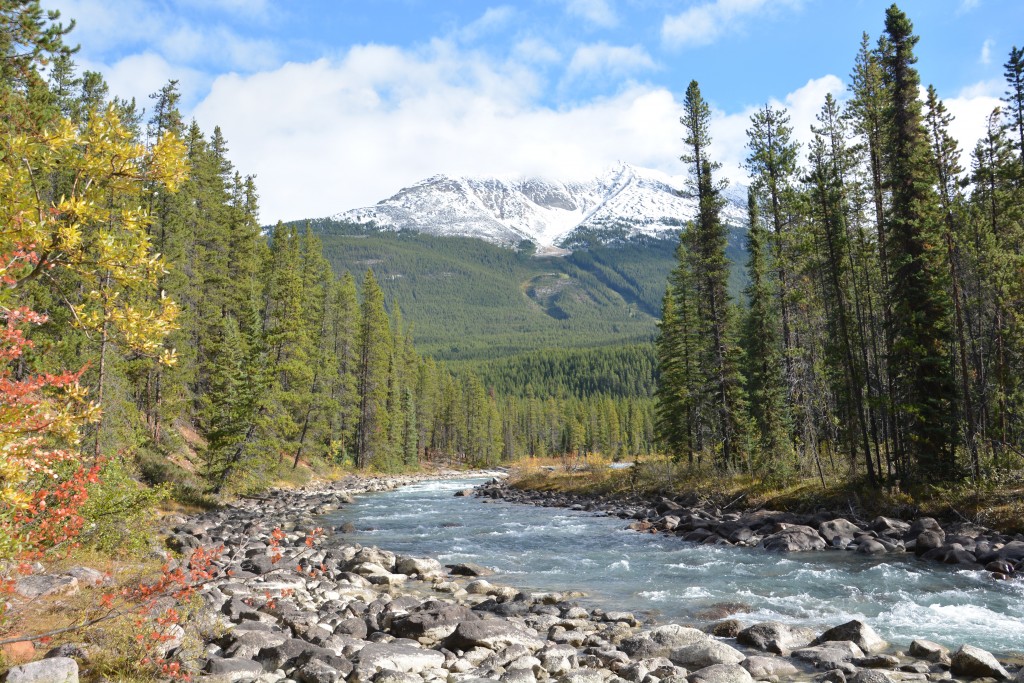
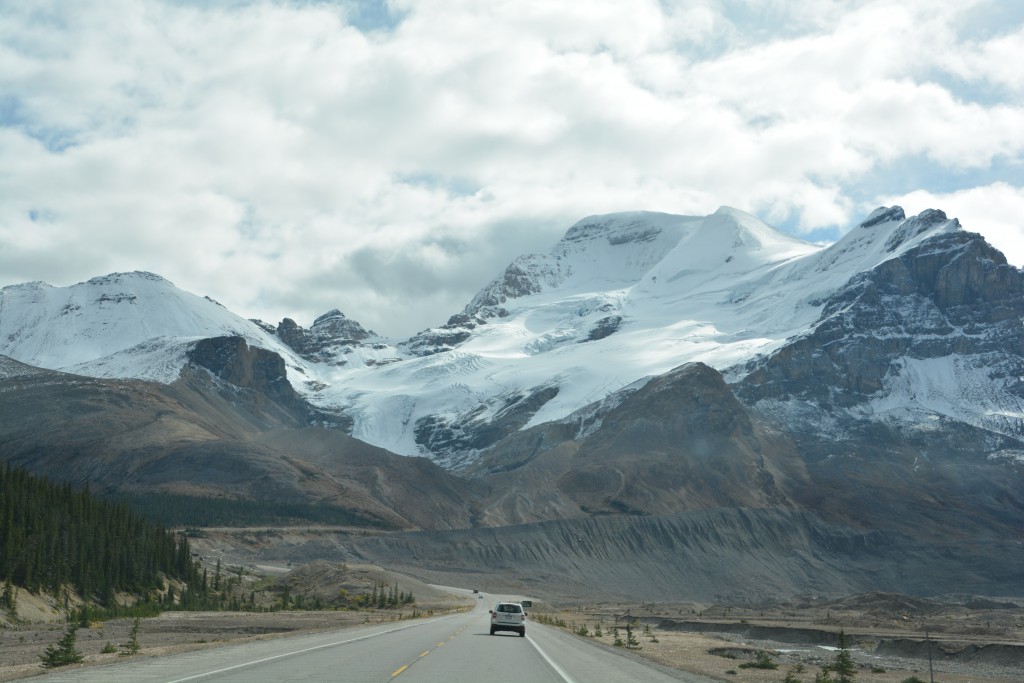
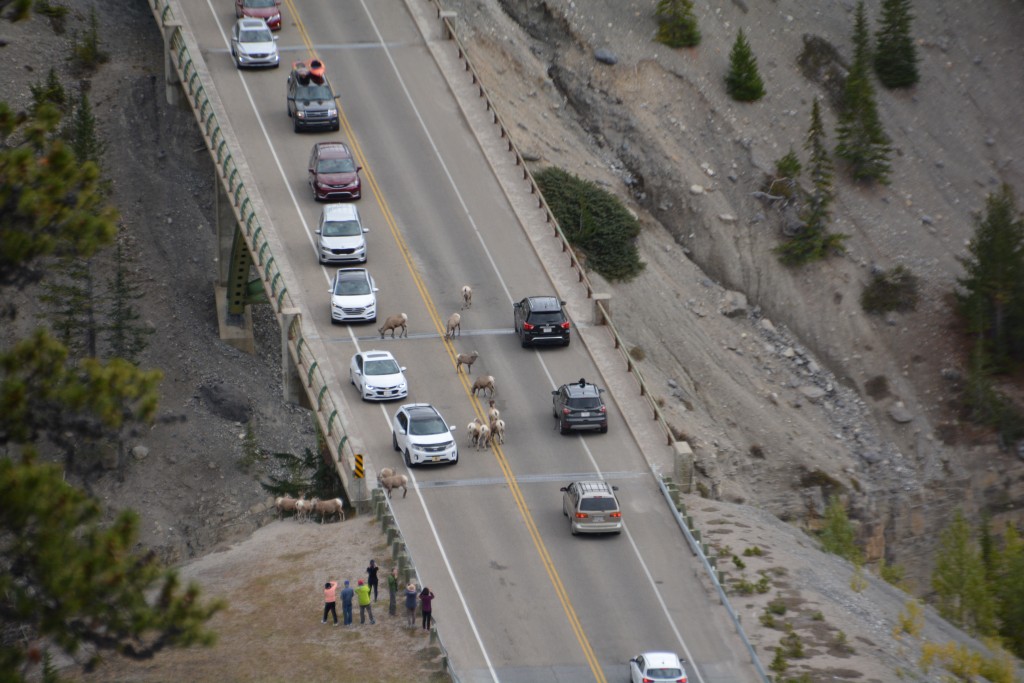
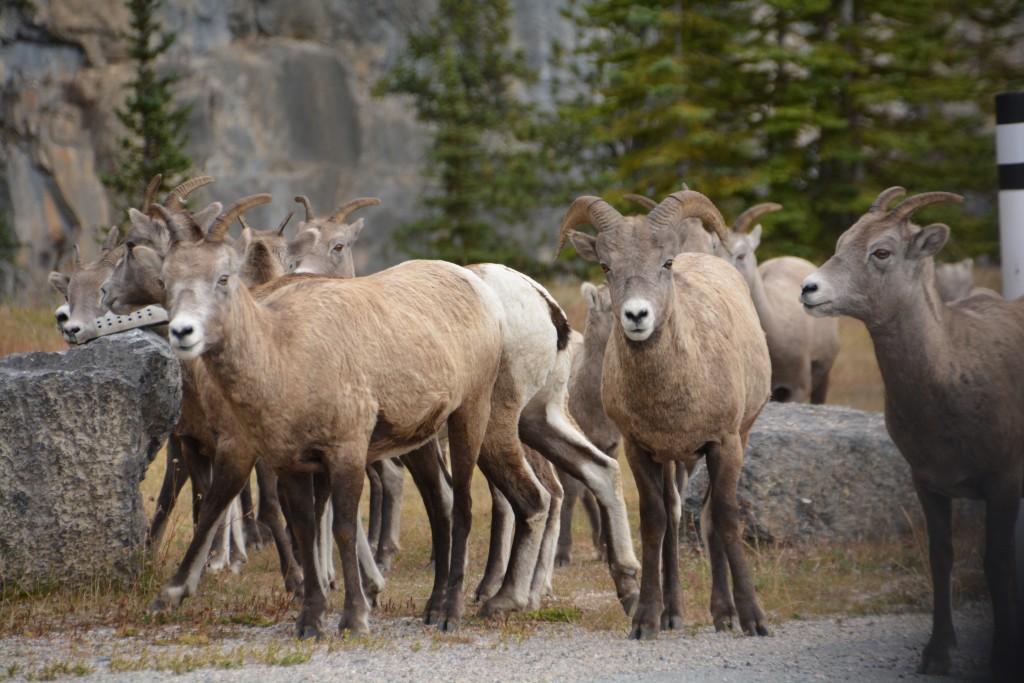
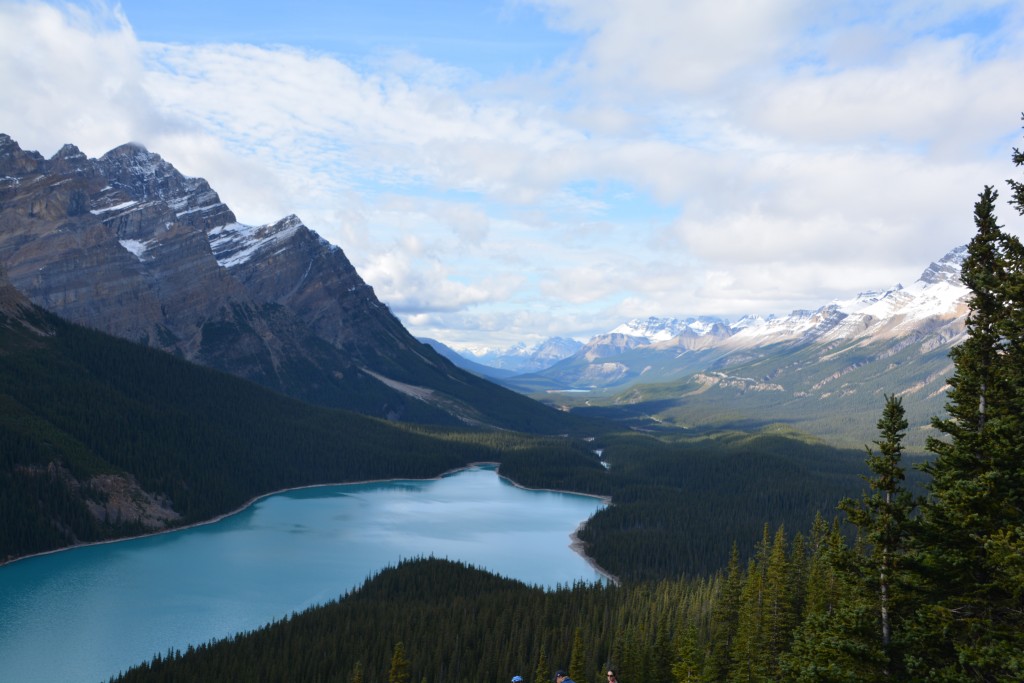
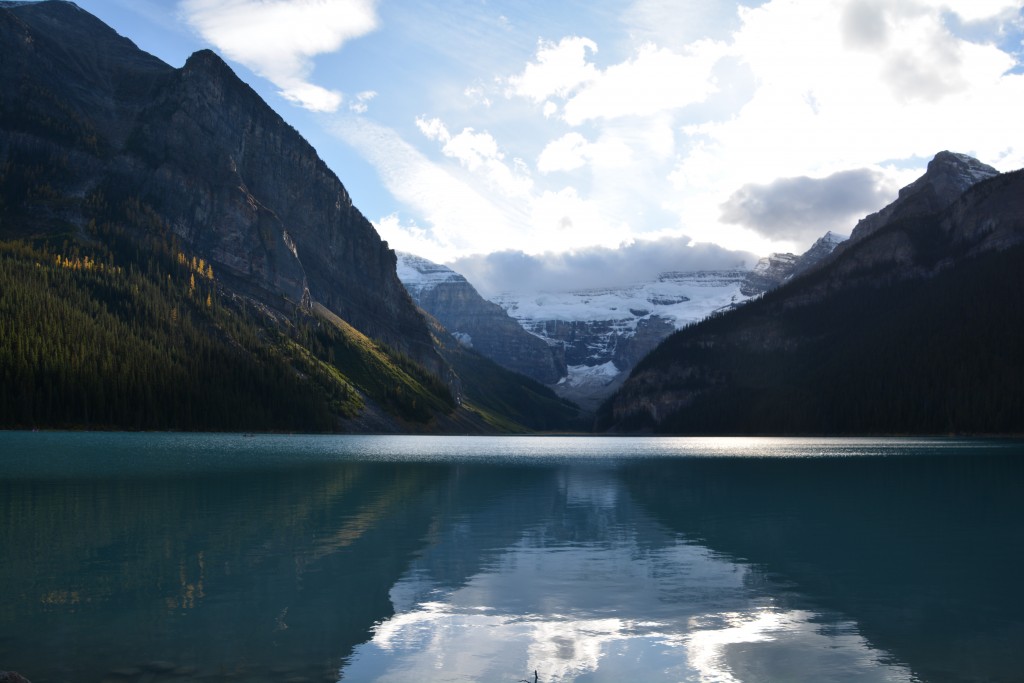
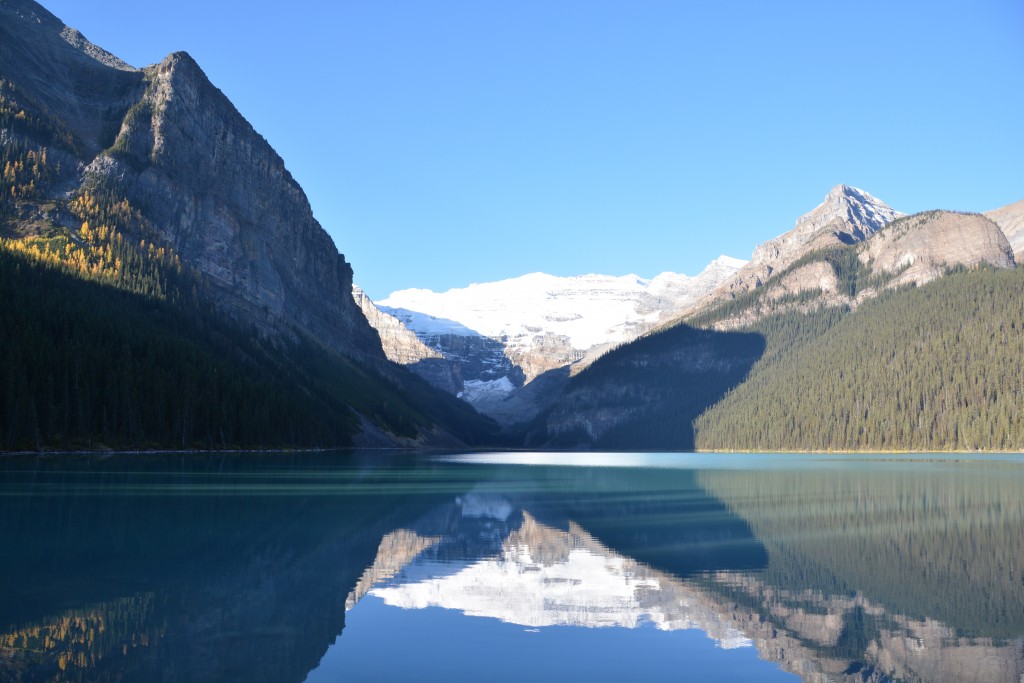
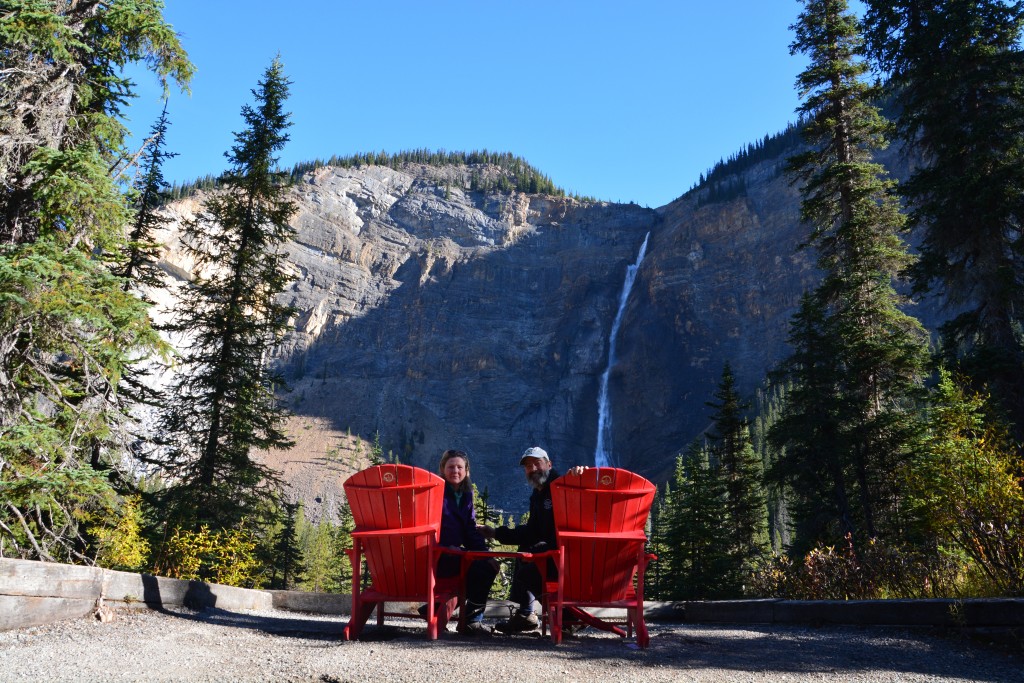
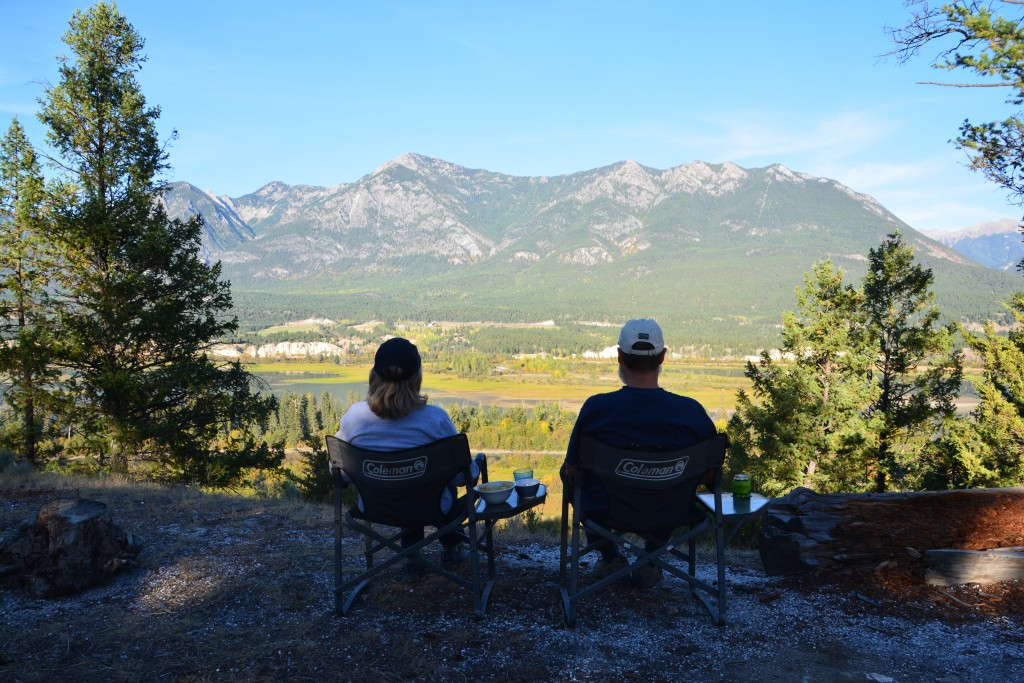
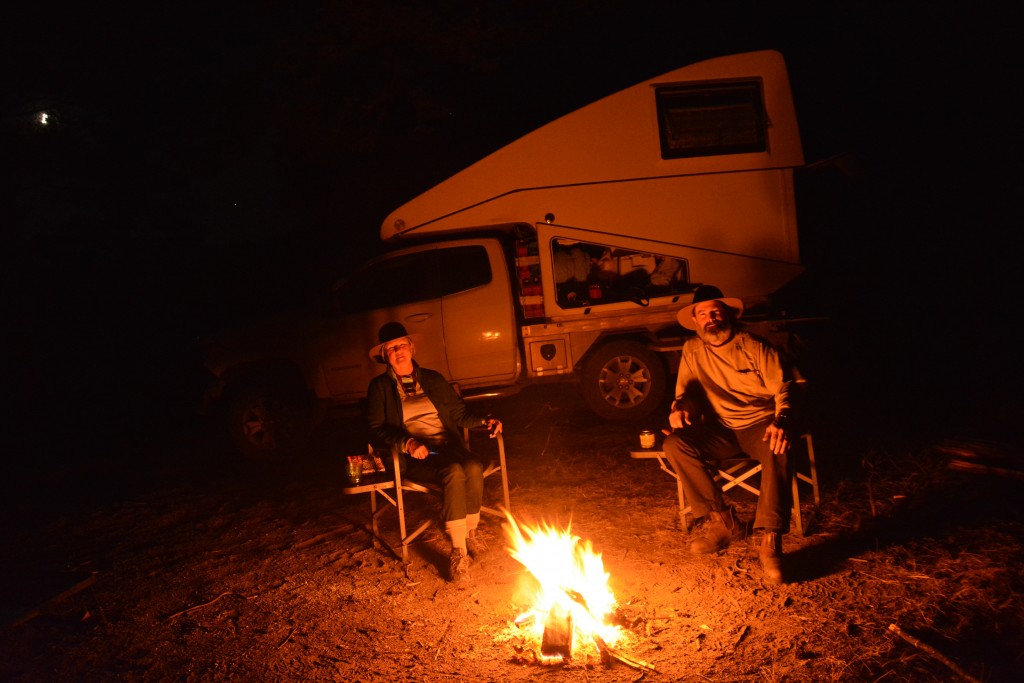
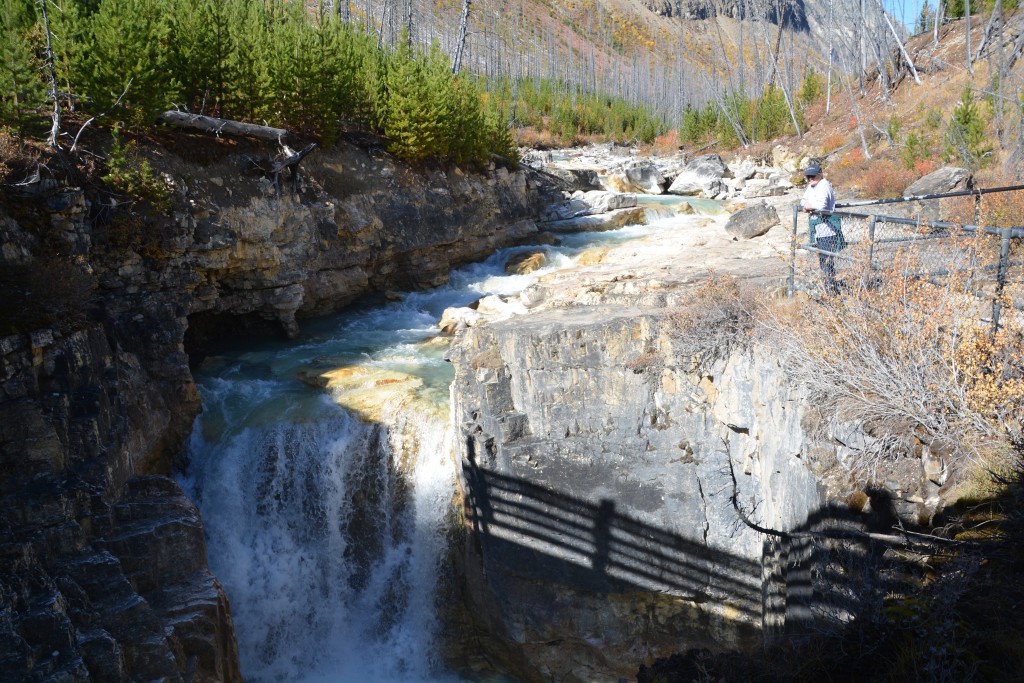
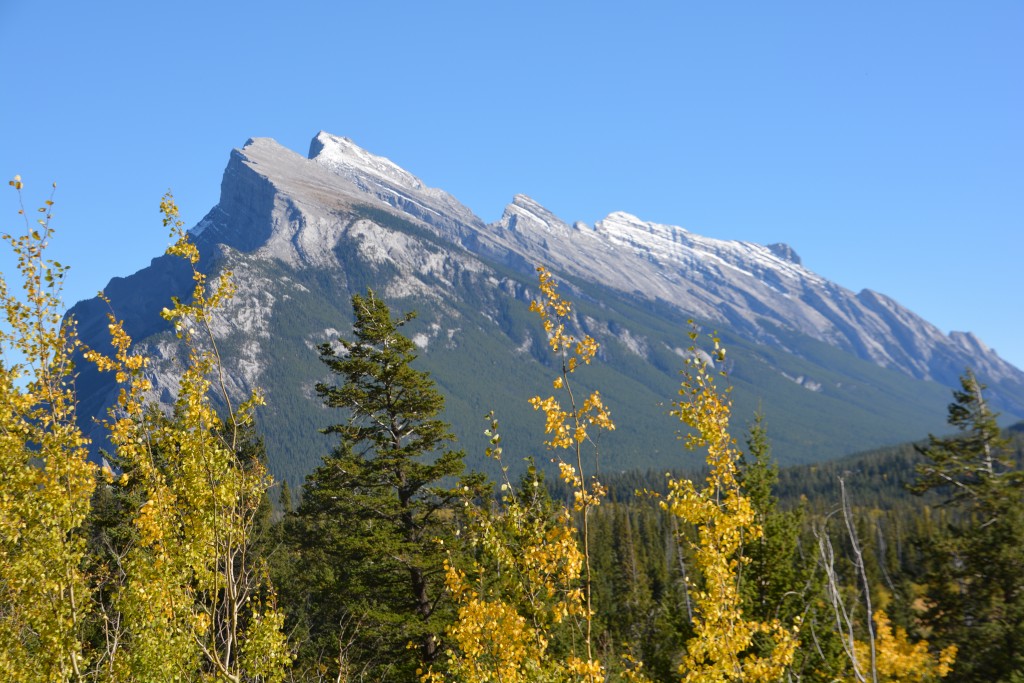
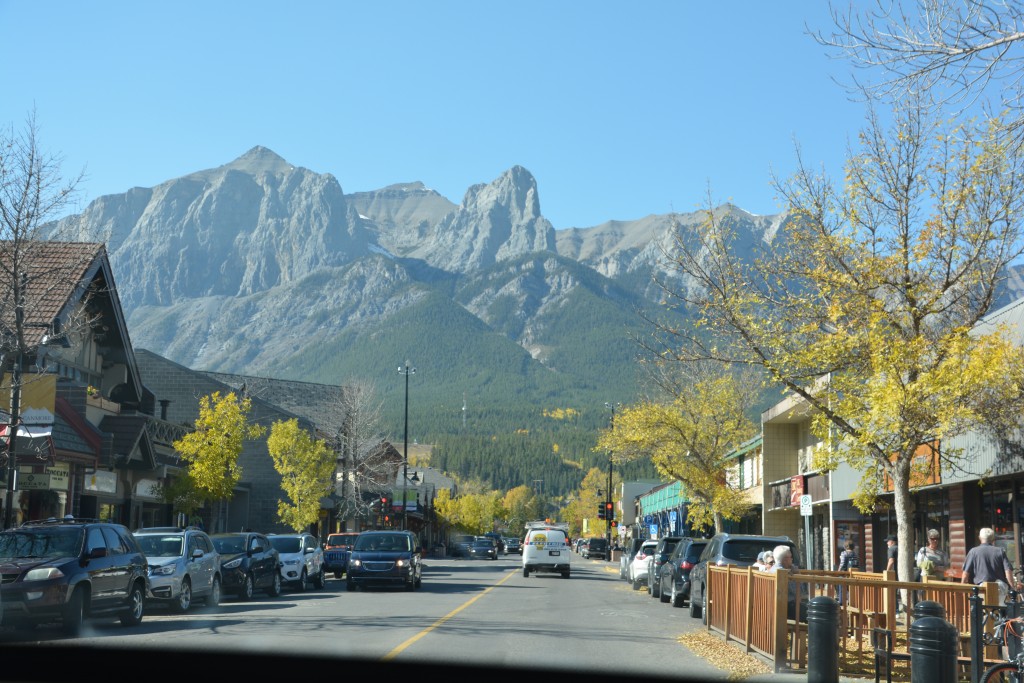
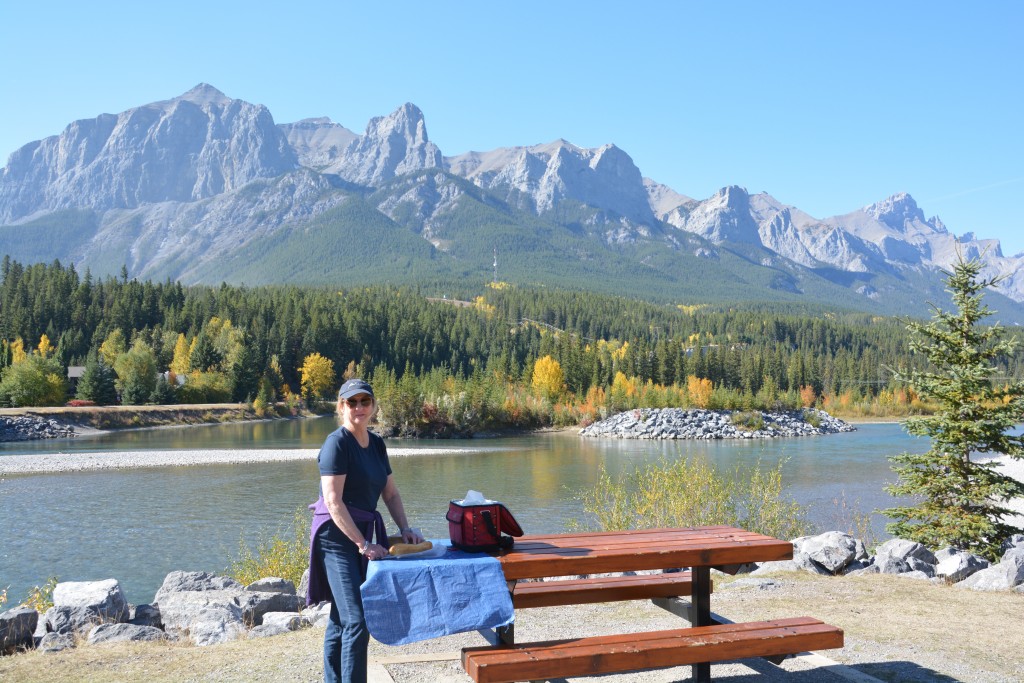
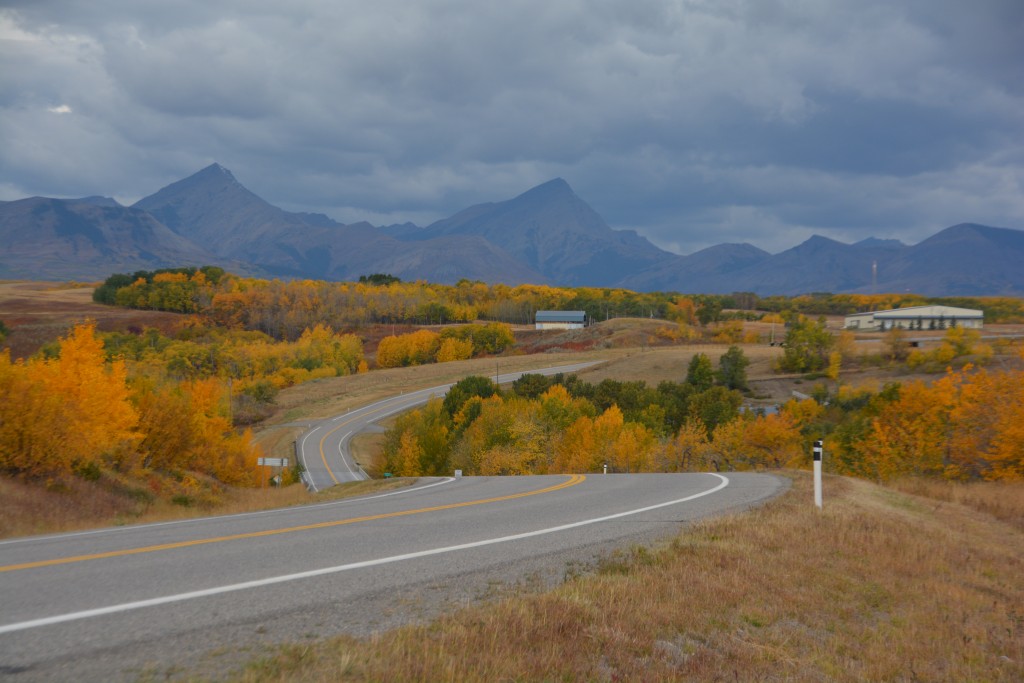
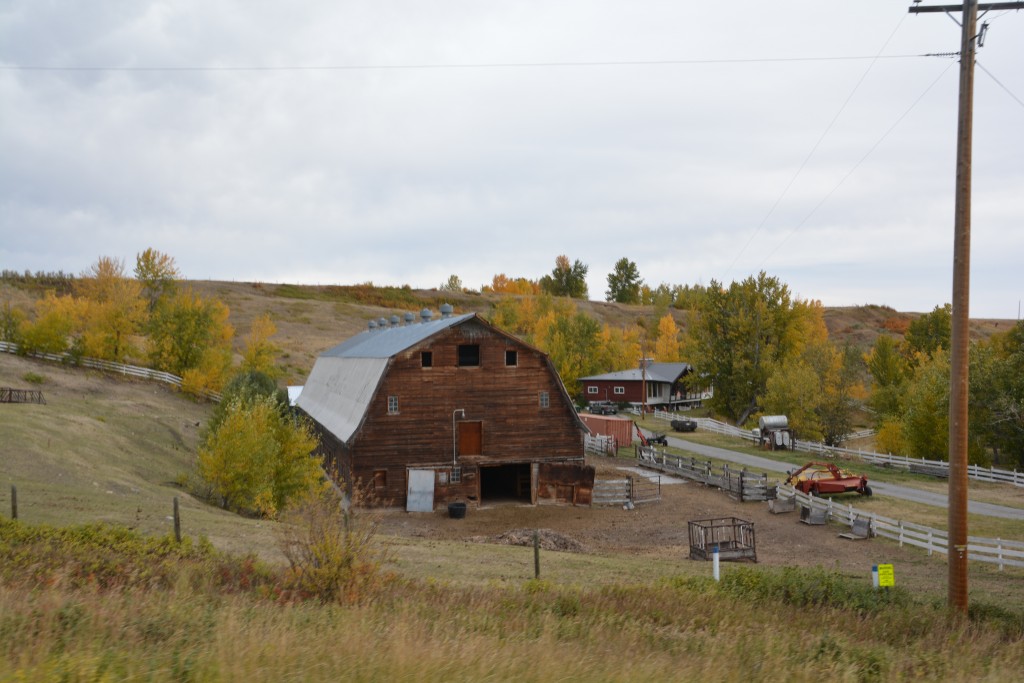
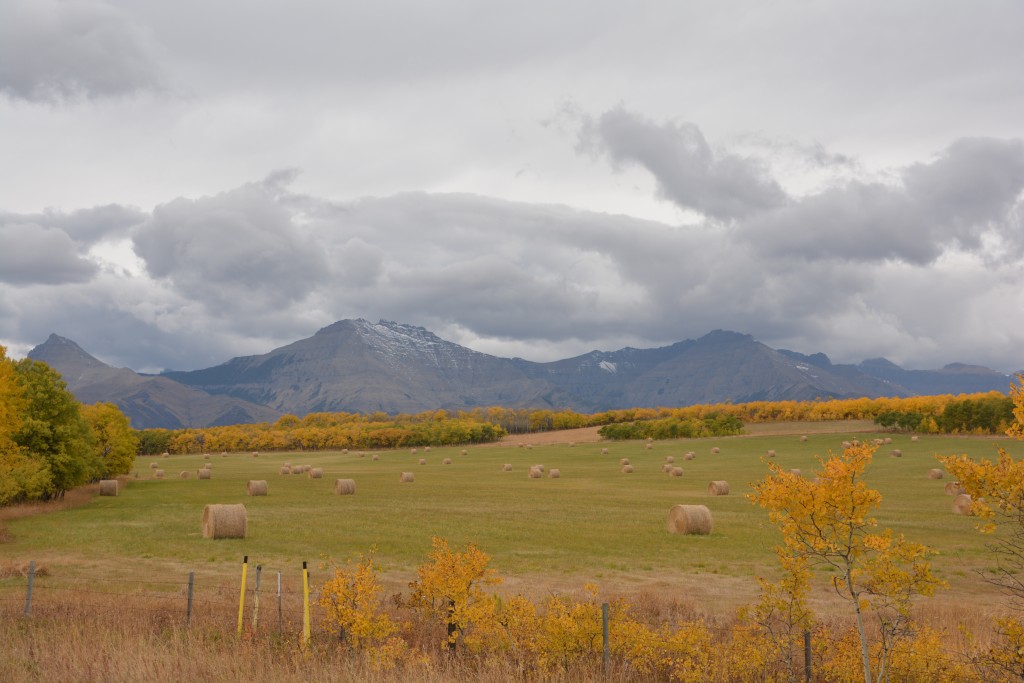
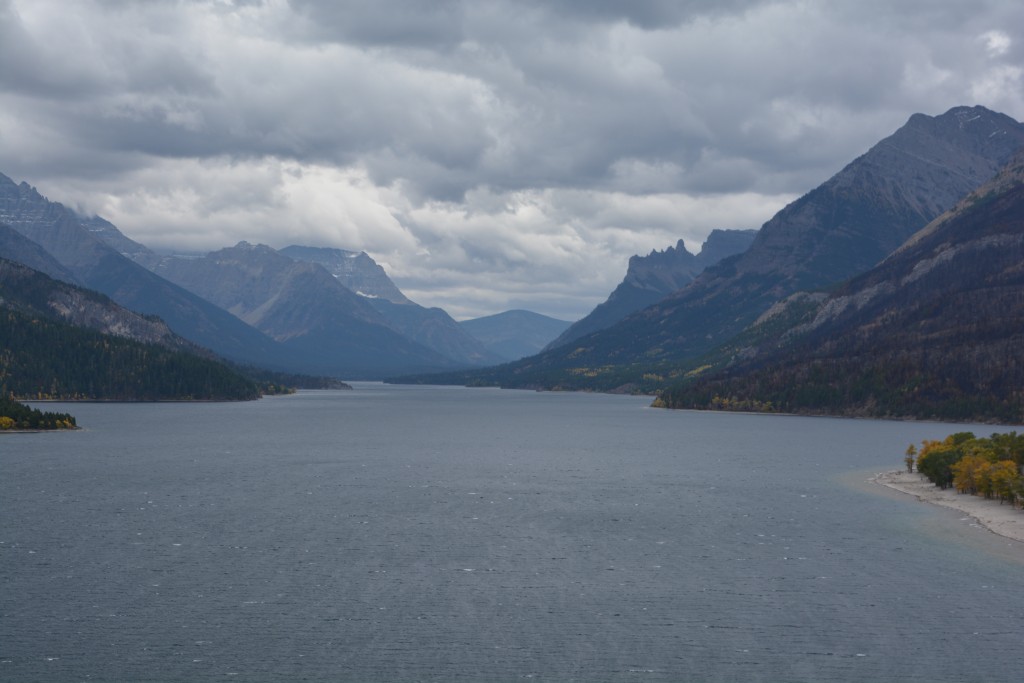
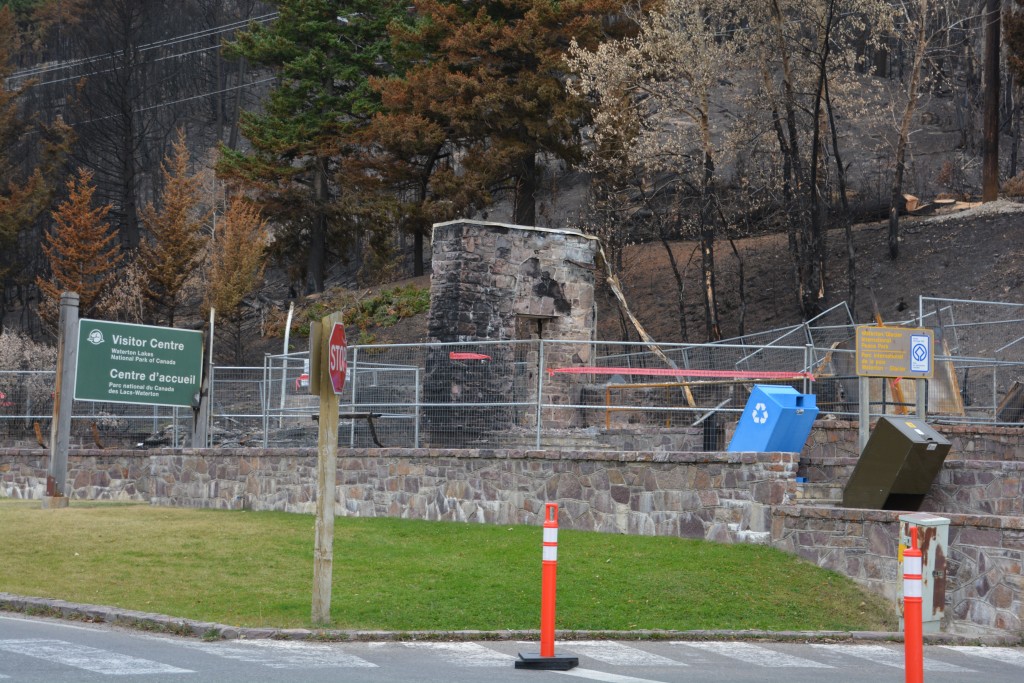
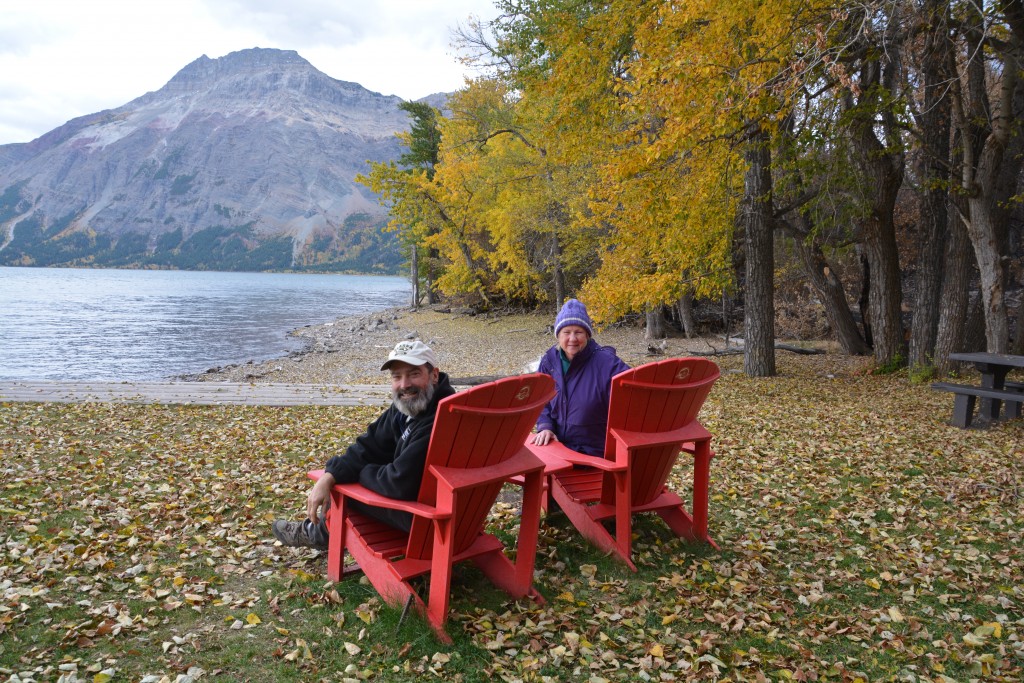
Comments
Rocky mountain high — No Comments
HTML tags allowed in your comment: <a href="" title=""> <abbr title=""> <acronym title=""> <b> <blockquote cite=""> <cite> <code> <del datetime=""> <em> <i> <q cite=""> <s> <strike> <strong>